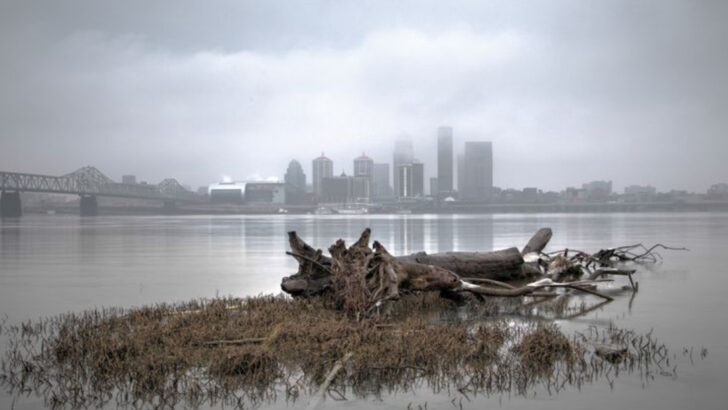There was a time when these rivers sang with life.
Waters once teeming with fish, frogs, and the flash of dragonfly wings have grown still—too quiet.
From the mighty Mississippi to tucked-away Appalachian streams, some of America’s most iconic rivers are fading into silence. Pollution, dams, and climate chaos didn’t just change the flow—they strangled it.
Fish populations have plummeted. Whole ecosystems teeter on the edge. And yet, most people don’t even notice.
These 15 rivers used to be wild, untamed highways of nature. Now? They’re struggling to hold on to the last traces of what made them legendary.
Let’s take a look at what was lost—and what, if anything, can still be saved.
Colorado River
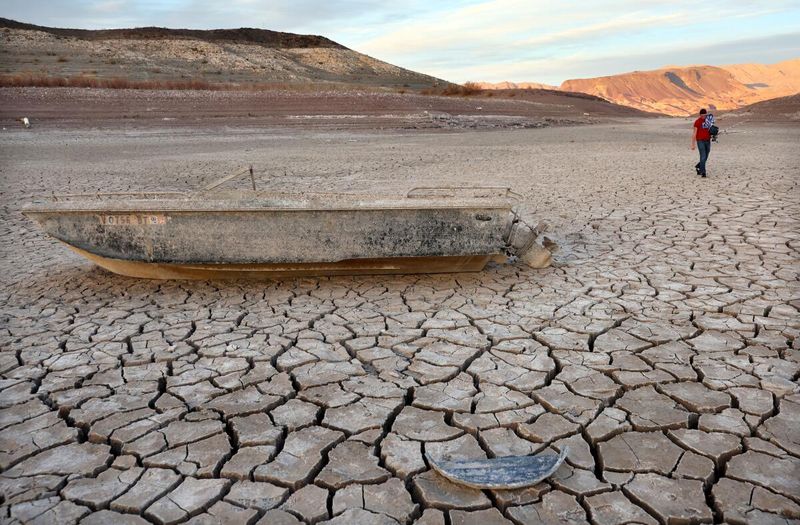
The Colorado River has long been a vital water source for the southwestern United States. Once rich with aquatic life, it now faces severe ecological challenges. Water diversion for agricultural and urban use has drastically reduced its flow.
The river’s diminished state impacts both wildlife and the communities relying on it. Fish populations struggle within its shrinking habitats.
Efforts to restore the river’s health are ongoing, but challenges remain. Addressing overuse and environmental degradation is crucial to reviving this once vibrant river.
Rio Grande
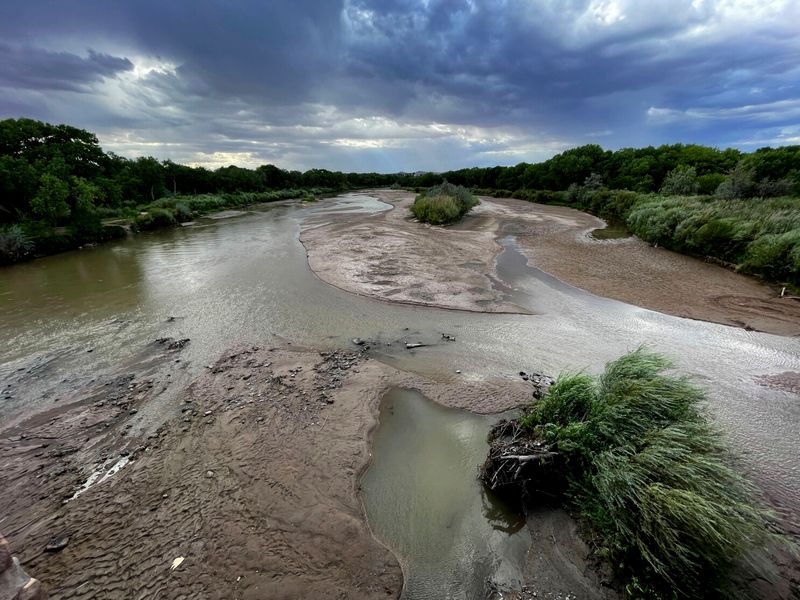
The Rio Grande, once a thriving river system, now faces a dire situation. Overuse for agriculture and domestic supply has left it nearly dry in many places.
This depletion has led to habitat loss for native fish and wildlife. The river’s decline affects both sides of the U.S.-Mexico border, impacting local communities.
Restoration initiatives aim to rejuvenate its ecosystem, but water management remains a contentious issue. Balancing human needs with environmental preservation is key to saving the Rio Grande.
Mississippi River
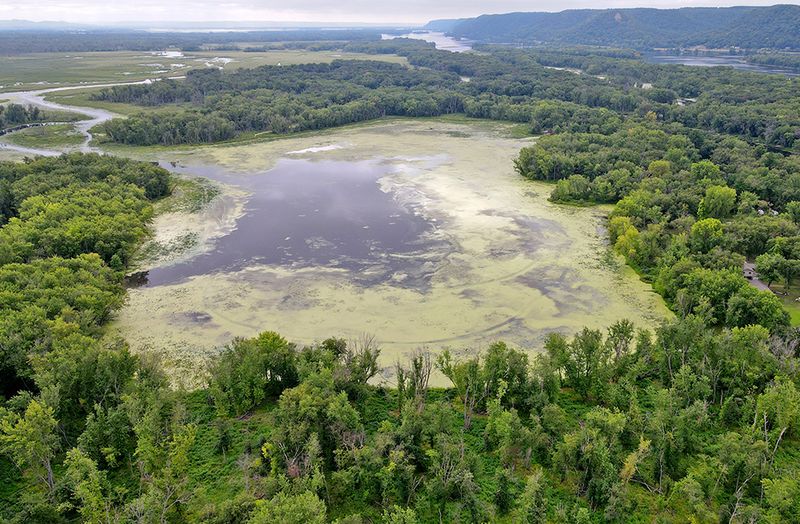
The mighty Mississippi River, a symbol of American history and commerce, faces serious environmental challenges. Pollution from industrial and agricultural runoff has tainted its waters.
This contamination threatens the diverse aquatic life that once thrived here. Fish populations are declining due to poor water quality and habitat disturbance.
Efforts to clean the river have seen mixed success. Protecting this iconic river requires collaboration between states, industries, and conservationists to address pollution and preserve its rich biodiversity.
Chattahoochee River
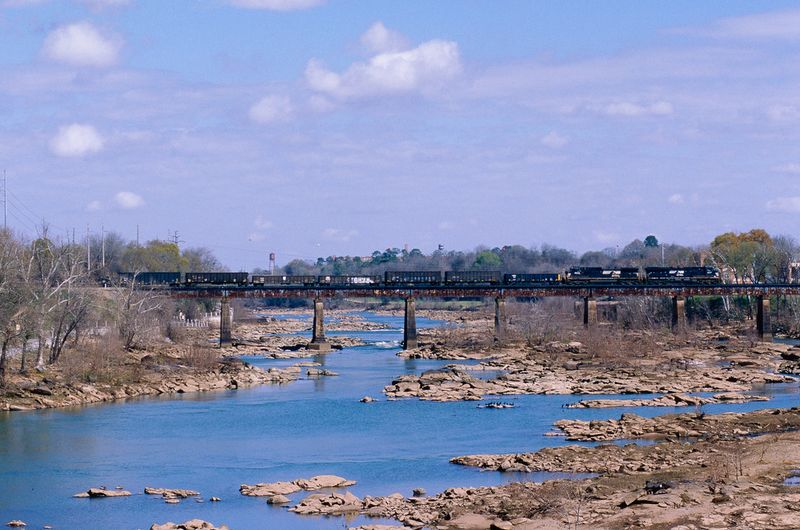
The Chattahoochee River, a vital waterway in Georgia, is experiencing significant ecological stress. Urbanization and dam construction have altered its natural flow.
These changes have led to habitat fragmentation, affecting fish and other aquatic species. The river’s health is further compromised by pollution from urban runoff.
Conservation efforts focus on restoring natural habitats and improving water quality. Public awareness and sustainable practices are essential to ensure the Chattahoochee River thrives again.
Sacramento River
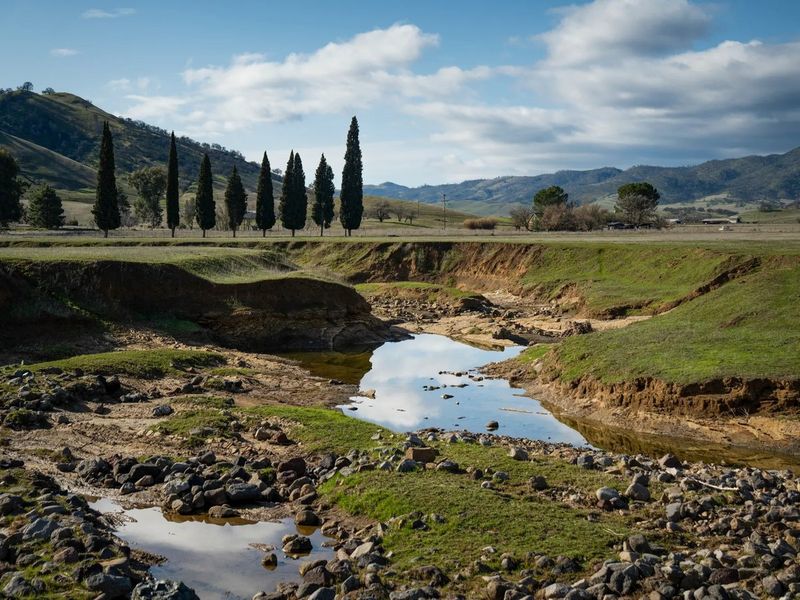
The Sacramento River in California once supported a rich diversity of fish species. However, water extraction for agriculture has significantly diminished its flow.
Drought conditions have exacerbated the situation, leading to critical habitat loss. Native fish struggle to survive in the altered ecosystem.
Efforts to balance water use and conservation continue, but challenges persist. Sustainable water management practices are vital to protect the Sacramento River’s ecological integrity.
Potomac River
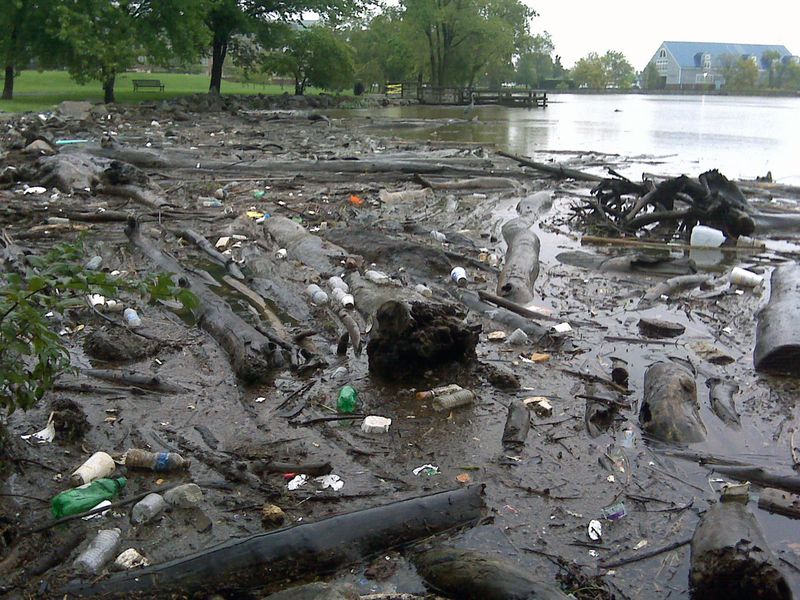
The Potomac River, flowing through the Washington D.C. area, faces environmental challenges. Pollution from urban runoff and sewage overflow has degraded water quality.
These pollutants harm aquatic life, leading to declines in fish populations. Efforts to clean up the river are underway, focusing on reducing pollution sources.
Community involvement and regulatory measures play a key role in restoring the Potomac. Addressing these issues is crucial to reviving the river’s health and biodiversity.
Ohio River
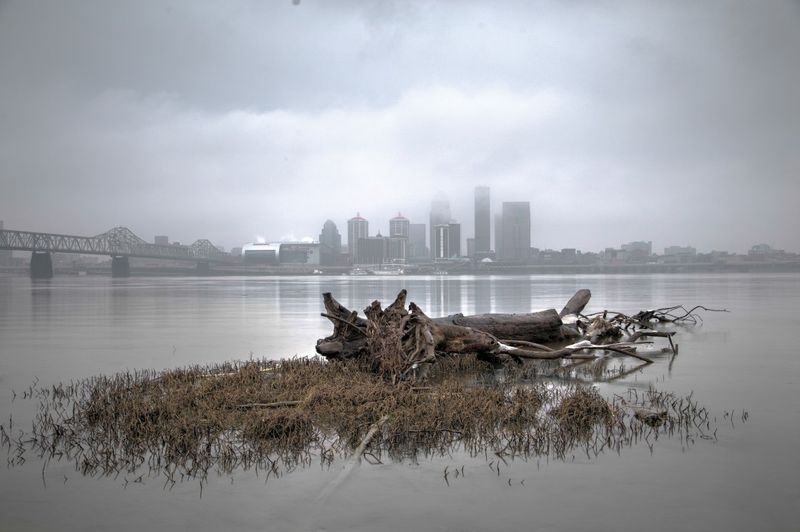
The Ohio River, a major waterway in the eastern United States, suffers from pollution and habitat degradation. Industrial waste and agricultural runoff are primary contributors to its poor water quality.
These pollutants have led to significant declines in fish and other aquatic species. Efforts to address these issues include stricter regulations and cleanup initiatives.
Collaboration between states and industries is essential to improve the Ohio River’s condition. Restoring its health is vital for the communities and wildlife depending on it.
Hudson River
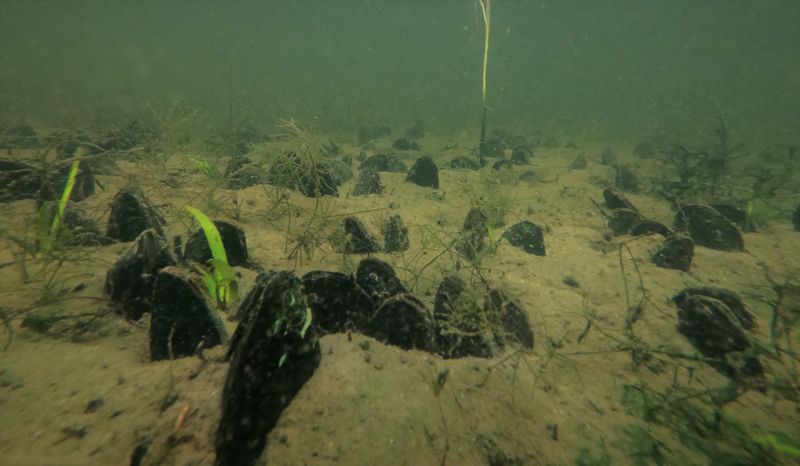
The Hudson River, flowing through New York, is known for its historical and cultural significance. However, industrial pollution has long plagued its waters.
Contaminants like PCBs have harmed fish populations and aquatic ecosystems. Cleanup efforts have seen progress, but challenges remain.
Protecting the Hudson requires ongoing commitment from government, industry, and communities. Striking a balance between economic activity and environmental preservation is key to its recovery.
Missouri River
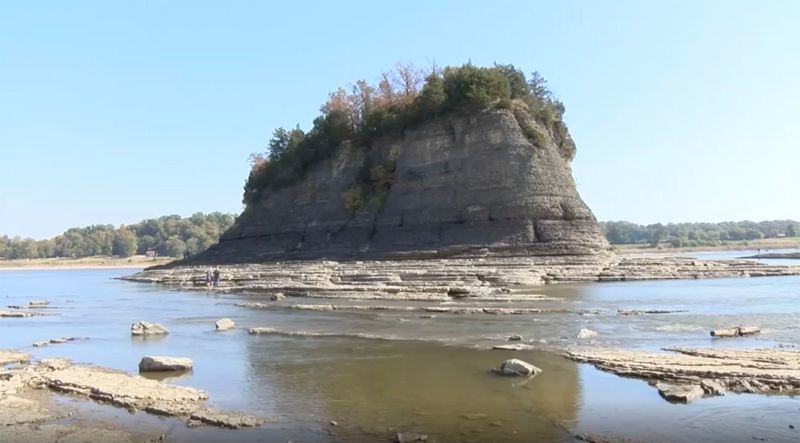
The Missouri River, once a thriving aquatic ecosystem, now faces reduced water flow and habitat degradation. Dams and diversions have altered its natural course.
These changes have led to declines in native fish species and disrupted ecological balance. Restoration efforts focus on improving water management practices.
Community engagement and sustainable policies are essential to reviving the Missouri River. Ensuring its health benefits both the environment and the people relying on it.
Snake River
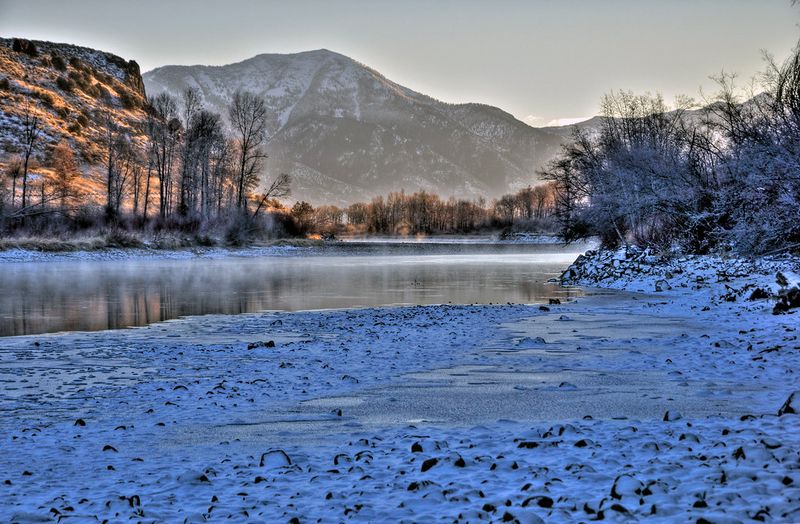
The Snake River in the Pacific Northwest is a vital waterway for both wildlife and human activities. However, dam construction and water extraction have significantly impacted its ecosystem.
Native fish populations, including salmon, have suffered due to these disruptions. Restoration efforts aim to improve fish passage and restore habitats.
Balancing economic interests with ecological preservation is crucial for the Snake River’s future. Collaborative solutions are needed to ensure its health and vitality.
Columbia River
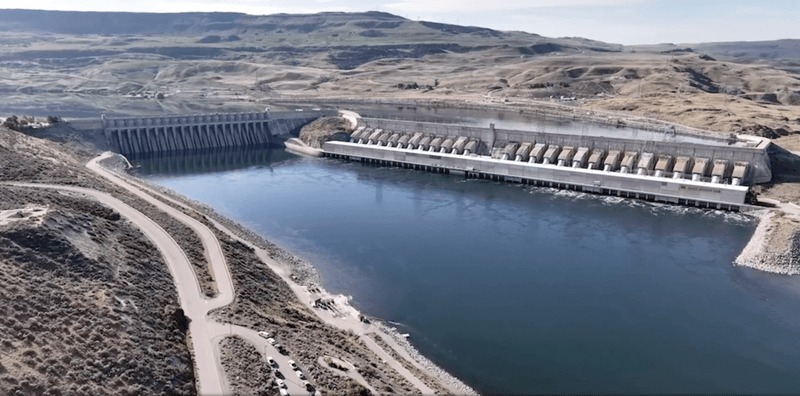
The Columbia River, a major river system in the Pacific Northwest, faces challenges from hydroelectric dam operations. These structures have altered its natural flow and disrupted fish migration.
Salmon and other native fish species are particularly affected. Efforts to mitigate these impacts include improving fish passage facilities.
Balancing energy needs with ecological preservation is key to the Columbia River’s health. Collaborative approaches are necessary to ensure its sustainability for future generations.
Tennessee River
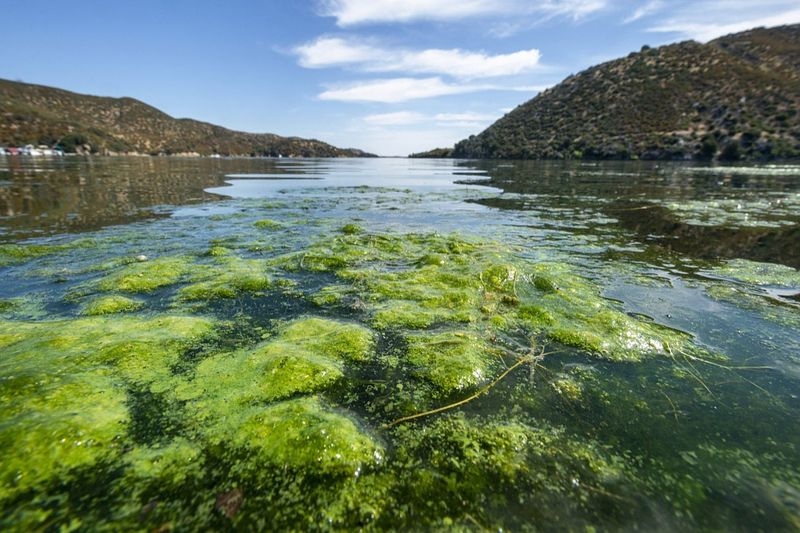
The Tennessee River, flowing through the southeastern United States, confronts environmental challenges from pollution and dam operations. Algal blooms have become more frequent, degrading water quality.
These conditions threaten fish populations and overall river health. Restoration projects focus on reducing pollution sources and improving water management.
Public awareness and involvement are crucial to the Tennessee River’s recovery. Sustainable practices can help restore its ecological balance and biodiversity.
Arkansas River

The Arkansas River, winding through the central United States, faces environmental threats from drought and water diversion. Low water levels have led to habitat loss for native species.
Efforts to address these issues include water conservation initiatives and habitat restoration projects. Collaborative approaches are essential for success.
Ensuring the Arkansas River’s health benefits both wildlife and local communities. Sustainable practices and awareness are key to its revitalization.
Susquehanna River
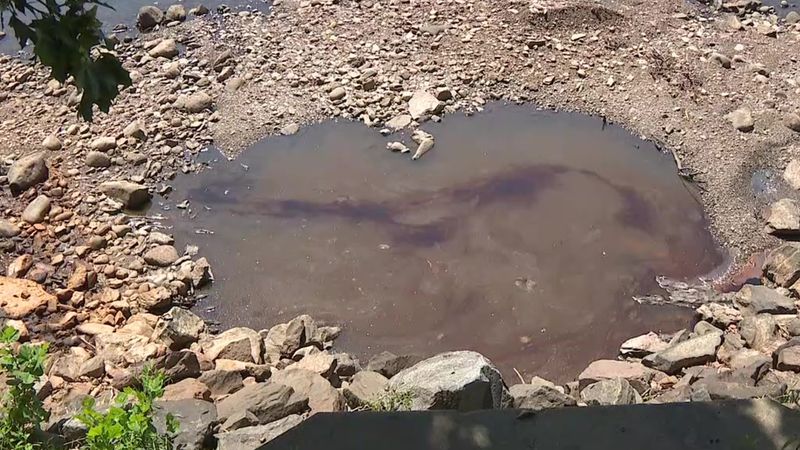
The Susquehanna River, a major waterway in the northeastern United States, suffers from sedimentation and pollution. Industrial activities and agricultural runoff contribute to its degraded state.
These factors affect fish populations and aquatic habitats. Restoration efforts focus on reducing pollution and improving water quality.
Community involvement and regulatory measures are vital for the Susquehanna’s recovery. Protecting this river is essential for both the environment and the people relying on it.
Yellowstone River
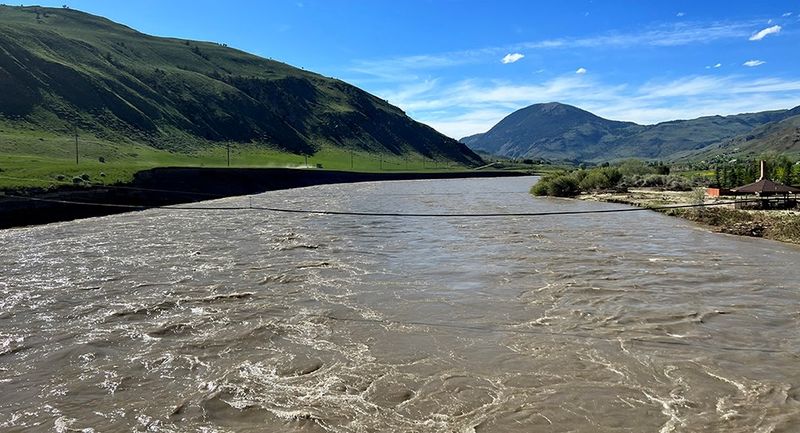
The Yellowstone River, flowing through the Rocky Mountains, faces challenges from drought and water extraction. Low water levels have strained its ecosystem, affecting fish habitats.
Efforts to balance water use with conservation are ongoing. Restoration projects aim to improve river flow and habitat quality.
Collaboration between stakeholders is crucial for the Yellowstone River’s sustainability. Ensuring its health benefits the diverse wildlife and communities depending on it.

